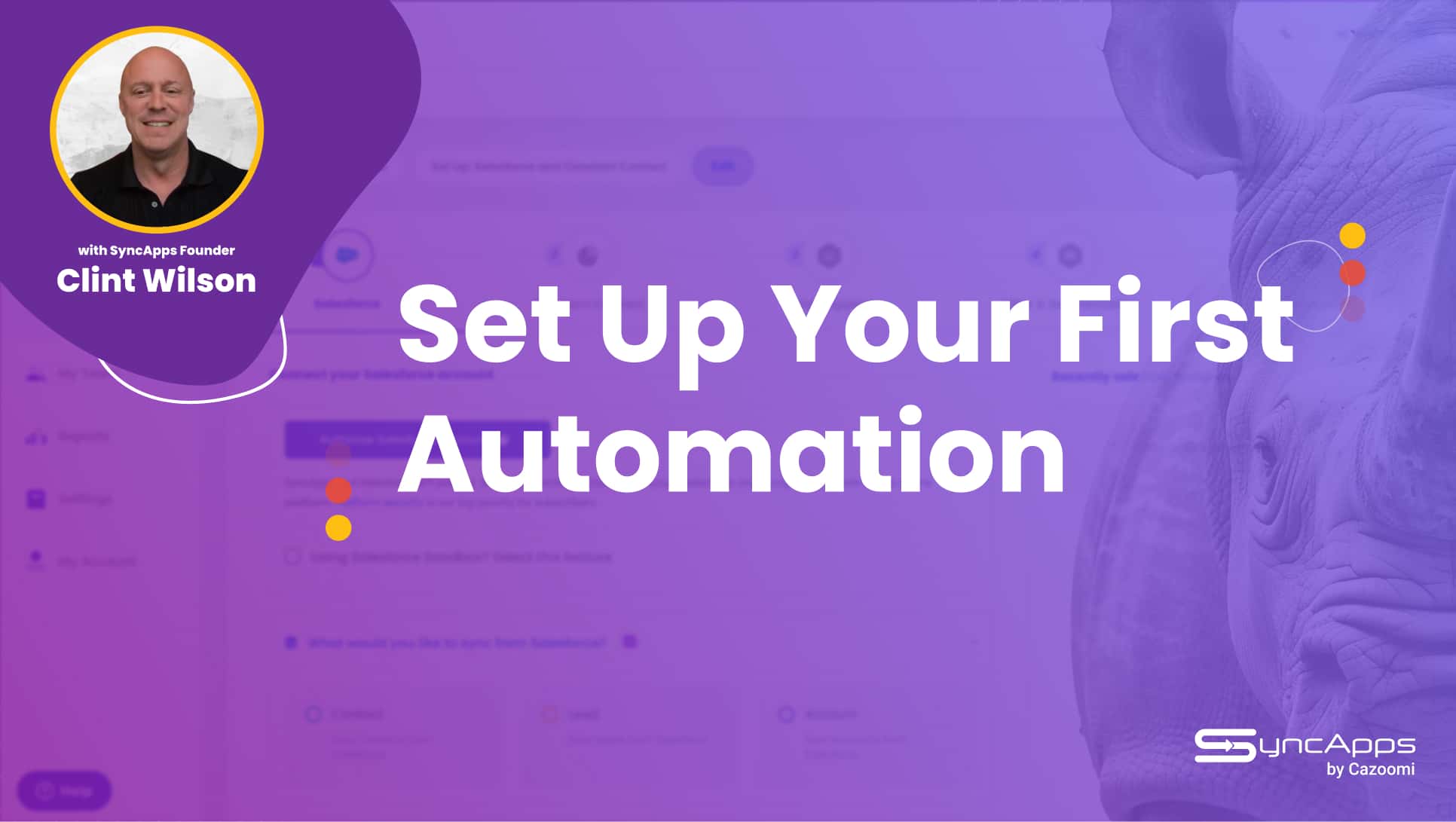
Most managers are reluctant to embrace digital transformation for fear of change.
But in the real sense, what they should be feeling is the fear of missing out (or FOMO) for what some of these major transformations can do for their businesses.
The path towards transitioning appears unclear and daunting. Furthermore, there is a sense of consolation that comes from adhering to what has worked for ages.
However, digital disruptions can render your entire business obsolete. Failure to shield your business from disruptive innovations in this volatile world means your company may not last.
The rise of Amazon and Apple Store, for instance, dealt a devastating blow to MusicLand and Tower Records. Therefore, disruptive innovations are not something you can ignore.
Have you ever asked yourself whether your company can survive digital disruption or not?
Surviving Disruption

About 56 percent of CEOs recognize the value of making digital improvements to ensure their businesses survive in the market. A majority of entrepreneurs (85 percent) have purposed to make the change to a solid tech foundation.
However, out of the 85 percent of entrepreneurs who have made this commitment, only 3 percent have actually begun the digital transformation process. Whereas most companies acknowledge the need for digital transformation, the question that lingers in the minds of decision-makers is, “Do we have the capacity to make the change?”
The truth is, every company has the capacity to make the change. This change is inevitable. According to Thomas H. Davenport and George Westerman, IT adoption requires the “mixing of people, machines, and business processes with all the messiness it entails.”
Yes, it is a messy yet inevitable affair. One of the issues that IT decision-makers face is the lack of technical knowledge concerning the right IT that would meet the needs and objectives of the firm.
The second issue is the cost of training along with the issues of organizational culture change, coupled with the impact of these technologies on the workforce.
Its adoption can be a cause of friction in the company. The problem is that there is a myriad of processes, departments, and people who need to be considered in the process.
Furthermore, management faces the challenge of communicating the need for IT adoption internally so that everyone in the company would actively engage in the change process.
Michael Graham, CEO of Epilogue Systems, reiterated that one of the biggest challenges in digital transformation is ensuring that the planning for the IT adoption goes beyond the first three to five months.
In this case, the process becomes a project task that threatens to undermine years of work, millions in investment, and the firm’s operations.
According to Graham, project fatigue should be considered in the adoption process as digital transformation is anything but a short-term project.
Working towards a Solid Tech Foundation

When it comes to IT adoption, firms have to be agile. This means that the company should be ready to invest in technological solutions that will revolutionize the critical processes of the business from the ground up.
An agile business is one that is ready for change. Change, in this case, the automation of the business processes. The automation should support end-to-end and integrated automation solutions across the business.
Such automation should have a solid iPaaS that facilitates end-to-end automation and comes with processes such as task automation, app automation, and data and process automation.
Current enterprise automation allows:
- Integration: Connection of thousands of apps, devices, services, and on-prem systems.
- Automation: Pervasive automation such as connected customer experiences, synced marketing activities, HR, and Finance.
- Diverse technical automation: Extensive solutions such as data and app integration, AL/ML intelligent technologies, and workflow bots that sync many of the solutions and systems in place.
The digital transformation should streamline operations, thereby, making it easy for the IT team to tackle automation workload and backlog. More importantly, digital transformation should not be made for the sake of trends. It should be made for the sake of survival.
Transform your mission-critical systems and make sure all your employees are on board with a digital-first mindset.





